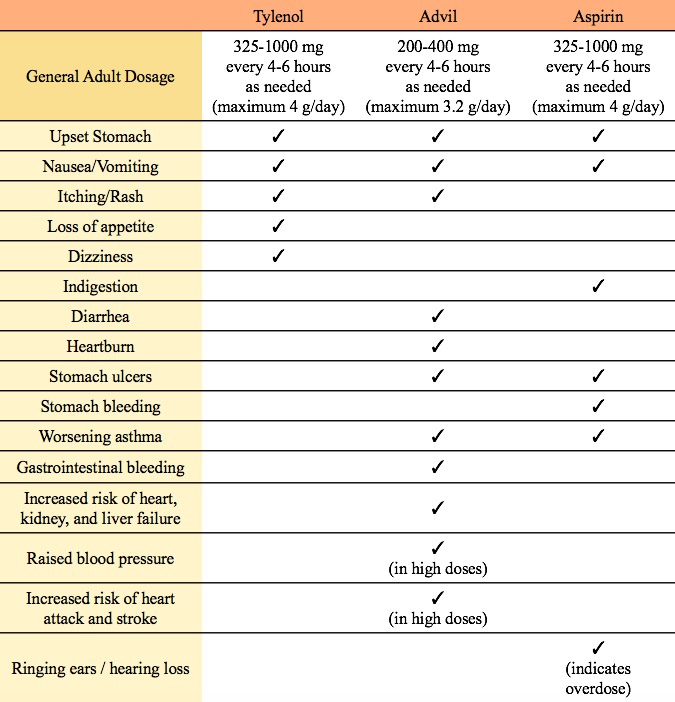Coffee is the wonder drug of our generation, helping students, like me, work through the day at maximum potential. But are we signing a deal with the devil? Caffeine has long been known by science to enhance memory, keeps us alert and improve reaction times among many other things. CGP Grey’s video, seen below, on how coffee is the greatest addiction is one of my favourite videos and is a wonderful insight on how awesome caffeine is.
The group over Healthline have also put together a comprehensive list of caffeine’s effects here. Not all of them are good for us but doesn’t seem to be much that is too detrimental to our health.
That list is so comprehensive that there surely is nothing left to learn about coffee, right? Seems not, there’s always more to learn about the world. A very recent paper published in April 2019 has found how dark coffee, my favourite by the way, protects our blood cells from DNA damage. Isn’t that awesome? Well definitely for me because I just drink way too much coffee.
As well as health benefits, it’s still difficult to pin point any increased risk in diseases by consuming caffeine. Another paper that was published within this year has found that there was no link between the risk of prostate cancer to with coffee or tea consumption. Awesome, now I can drink as much tea and coffee as I like.
These papers are just some of the work that scientists all over the world are conducting to understand the true nature of this substance that helps people all over the world. Of course, it’s all not good news as these papers are conducted on healthy individuals drinking moderate amounts. Another paper recent paper found that heavy consumption, meaning more that 6 cups of coffee a day, slightly increases the risk heart attacks, stroke, heart failure and similar diseases.
All in all, caffeine, and by extension coffee, is just the best thing ever but do be careful how you consume it. There’s still more to learn as well, with research still constantly happening as seen by these paper within the last year, so get out there, have your coffee and drink it too. Personally, I have about 2-3 cups of coffee a day and that gets me by plenty, but even that is a bit high in my opinion. Drink in moderation, stay healthy and keep active and I think caffeine will take care of you and keep you healthy as well.
– Fareez Sanif

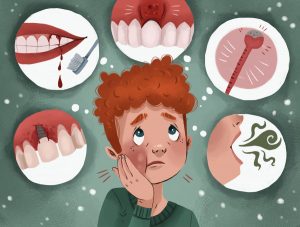
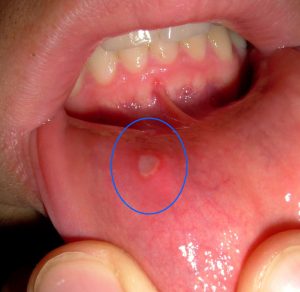


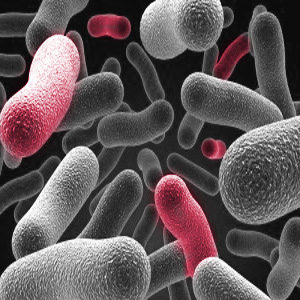
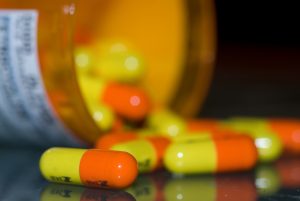
:format(webp)/cdn.vox-cdn.com/uploads/chorus_image/image/46977338/shutterstock_269359883.0.0.jpg)

